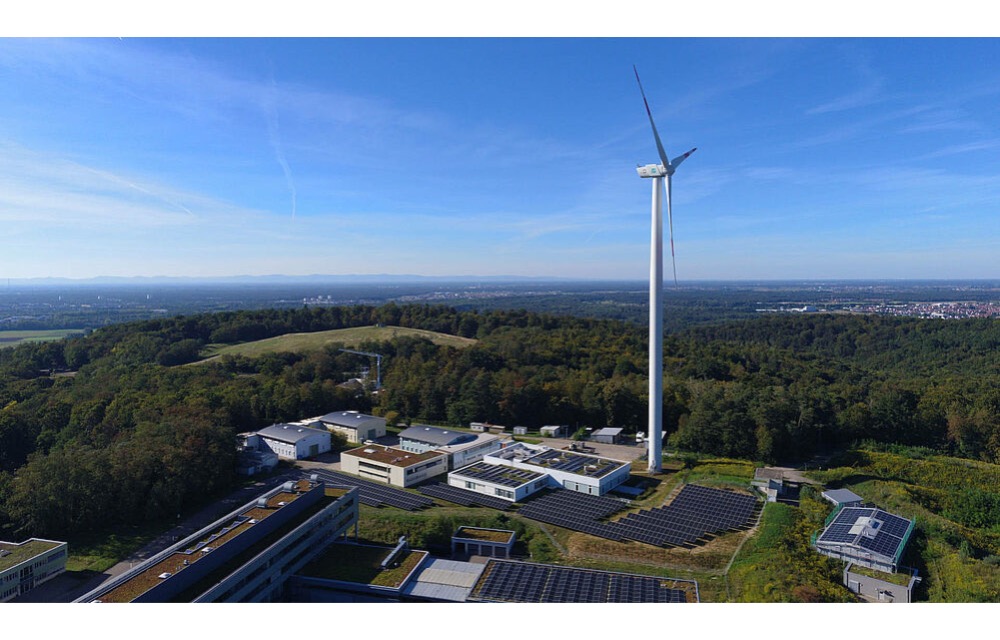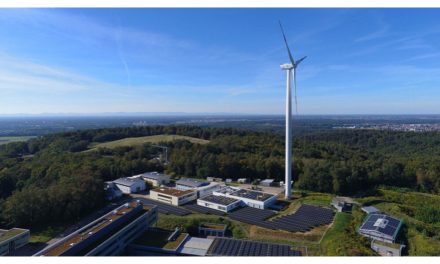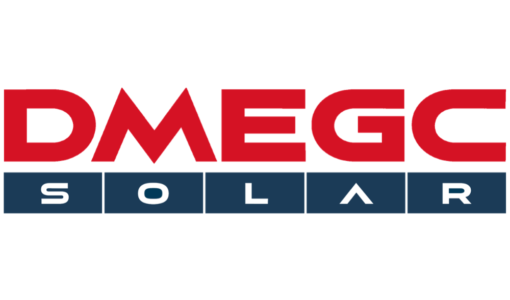- BayWa has grid-connected a 690 kW solar array within the microgrid at Fraunhofer ICT, without any inverters
- Power from the solar panels is being fed into the grid via an existing 2 MW wind turbine using Ampt string optimizers
- They integrated the solar, wind and a 10 MWh flow BESS system through a shared DC bus architecture
German renewable energy company BayWa r e GmbH has commissioned a ‘unique’ hybrid solar-wind power array with battery storage, and no inverters for the solar panels. The project is connected to the grid with all 3 technologies connected through a DC-coupled architecture, thanks to Ampt string optimizers.
The installation has come up within the microgrid at the Fraunhofer Institute of Chemical Technology (ICT) campus in Pfinztal, Germany.
It includes 690 kW solar panels, installed as 3 new rooftop solar arrays and a ground-mounted system in 7 different orientations and 2 module sizes. The project is supplying power to the grid via an existing 2 MW wind turbine, instead of the panels having their own inverter. The project also has a 10 MWh flow battery energy storage system (BESS).
BayWa explains that each of these 3 technologies were integrated through a shared DC bus—commonly referred to as a DC-coupled architecture—with optimizers from US-headquartered Ampt.
This allows for generation variability across the PV systems to be managed and different systems connected at a high and fixed voltage to increase system efficiency, it adds.
BayWa says, “Technically highly sophisticated, it represents a progressive plant combination of wind and solar energy including battery storage, which is unique in Europe in this form.”
Ampt describes its string optimizers as DC/DC converters that perform maximum power point tracking (MPPT). These are programmable and provide string-level data to enable smooth operation and maintenance (O&M), according to the project partners.
This microgrid will power Fraunhofer ICT’s main campus that hosts over 100 laboratories, 3 test centers and several pilot plants.
“The way we have added solar to the existing wind energy and battery storage system is unique, and in successfully completing this project we were able to further improve our own expertise and capabilities,” said BayWa’s Global Director of Energy Solutions, Andrea Grotzke.













